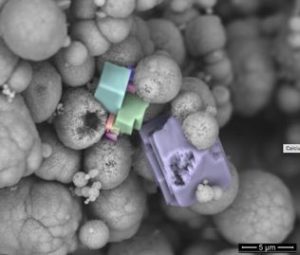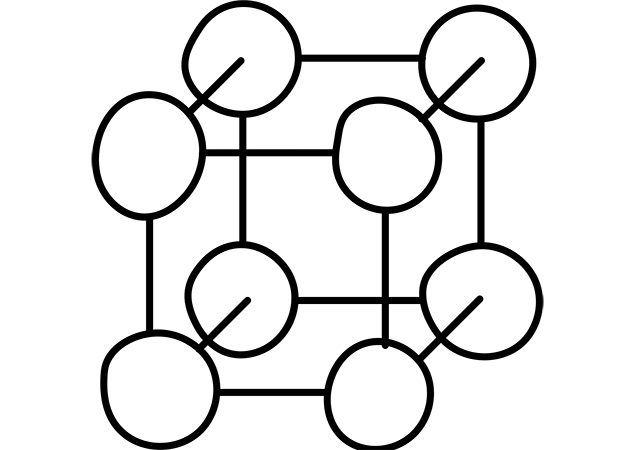Polymorphism is the ability of solids to form more than one crystalline lattice, that is stable for different pressures and temperatures. These lattices are called polymorphic forms of the solid structure. Stable modifications with normal and low temperature is denoted α, modifications stable with higher temperatures is denoted β, γ, etc.
Polymorphism is mostly a characteristic of technical materials. The clear example is calcium carbonate polymorphism (Figure 5). The image is courtesy of Thermo Fisher Solutions, Electron Microscopy Solutions.

Carbon polymorphism is a practically interesting phenomena – transformation of diamond into graphite. Graphite is a more stable structure then diamond in normal conditions. However, graphite stability decreases, and diamond increases when the pressure goes up.




